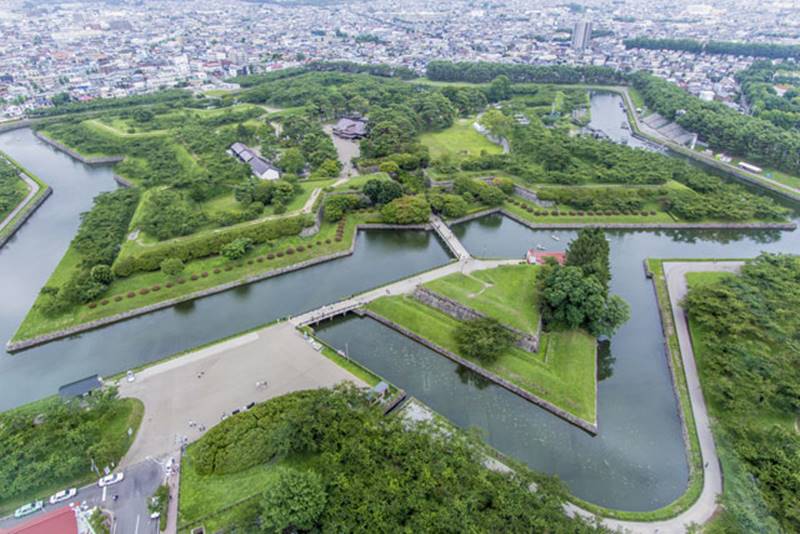This is all about Goryōkaku you want to know.
Every information you get on this site will be from a credible source based on Japanese history (books for reference).
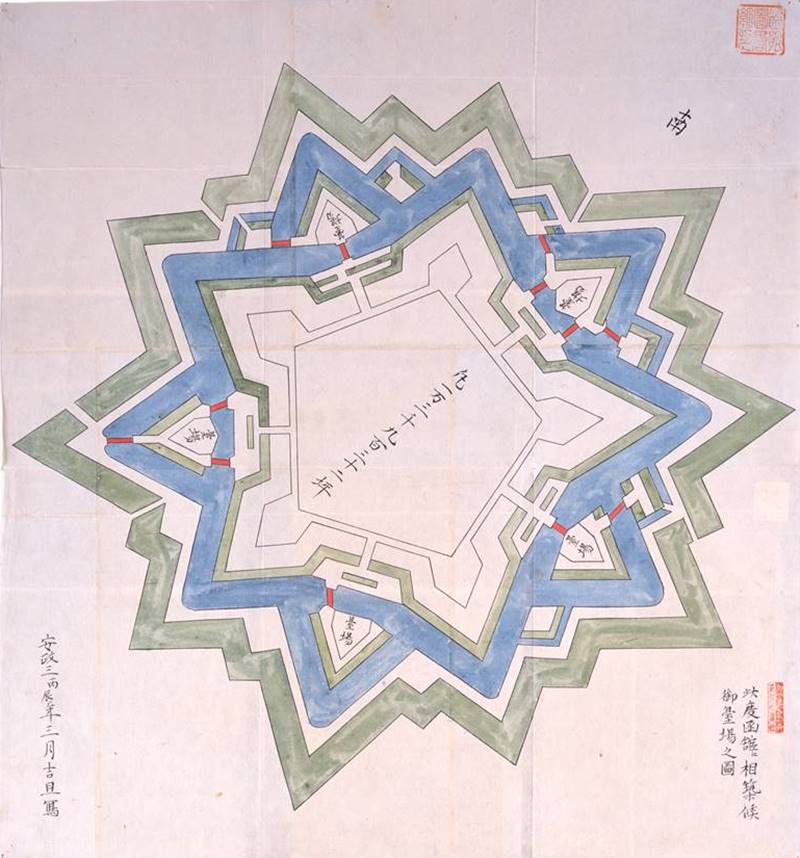
Collected by the Inagaki family, the Toba Daimyō from the mid-Edo period to the Meiji Restoration, as materials for military studies. There are about 350 illustrations, but there is no uniformity because only illustrations of castles, illustrations including castle towns, and old battlefield illustrations are mixed.
Another typical example of a castle picture in the Edo period is "The Shōhō Shiroezu", picture of the castle and castle town that the Edo Shogunate ordered the daimyō to create and submit,aggregating military information such as the buildings inside the castle, the height of the stone wall, the width of the moat and the water depth, etc., it also details the location and shape of the castle town and the mountain river.
Profile : Goryōkaku
| Location | Hakodate City, Hokkaido |
| Also known as | Yanagino Castle "Yanagino" simply means "wetland with many Pussy willows" in Japanese, nicknamed by its location. |
| Type of castle | star fort |
| Mountain's name | ー |
| Elevation | Flat |
| Condition | Ruins |
| Designation | Special historic site |
| Year built | 1866 |
| Abolished | 1869 |
| Castle lord | Edo Shogunate |
| Architects and designers | Takeda Ayasaburō |
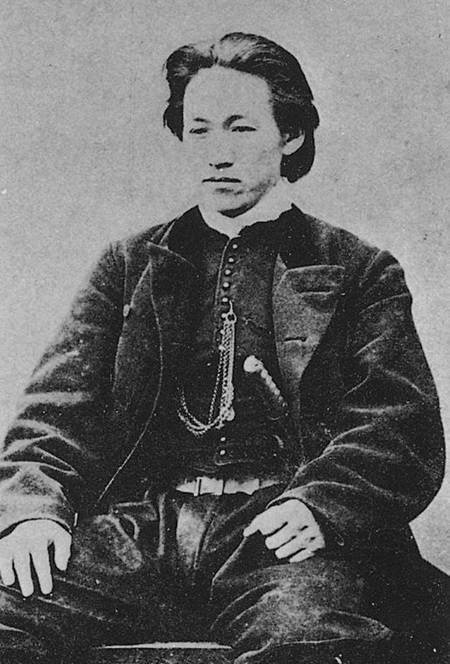
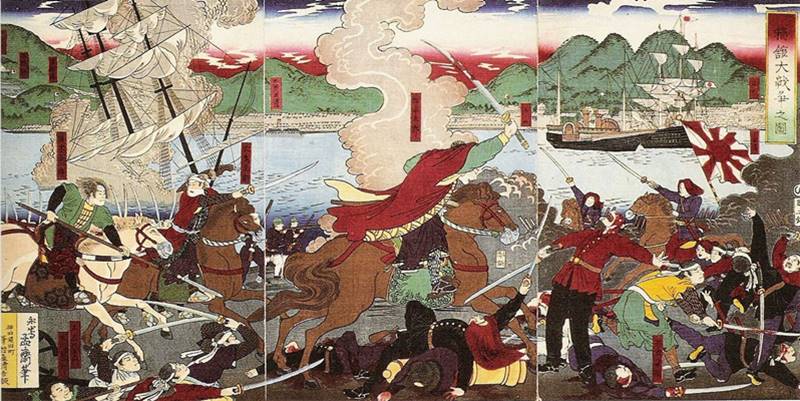
Goryōkaku is also famous as the setting for the Hakodate War, the last battle of the Boshin War. 1868 (Meiji 1) On October 26,
Enomoto Takeaki and Hijikata Toshizō occupied Goryōkaku with the former Shogunate forces. The following year, a large-scale battle centered on it continued until the war ended on May 18.
Goryōkaku admission
admission fee : 500yen (Hakodate Bugyōsho) for free : GoryōKaku Park
admission time : am8-pm6 (October21-April20 : am8-pm5) reference official site (japanese)
Goryōkaku Google Map
Goryōkaku Images
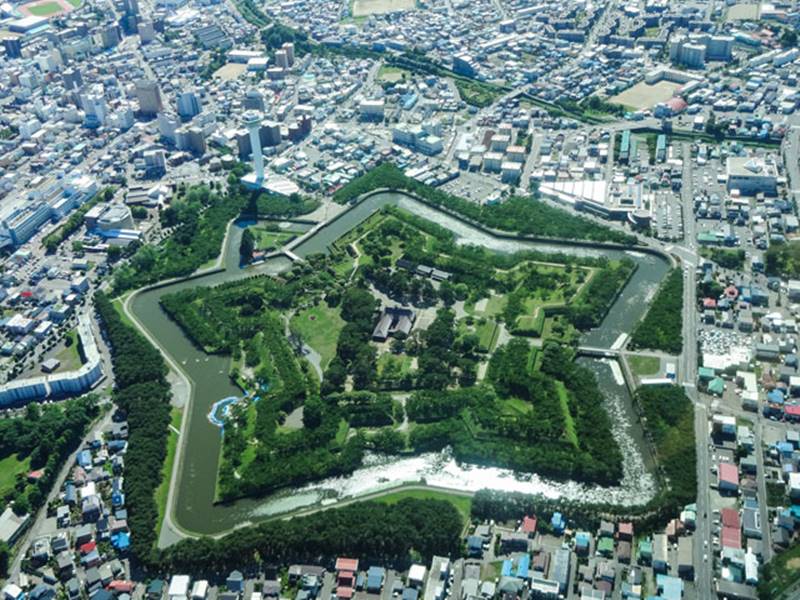
A home base consisting of a stone wall and an earthwork is arranged at the five corners, and a low base built with the stone wall and the earthwork is also built on the outside of the basement. The largest feature is that it is not a Japanese castle with tall walls that had been the mainstream in Japan until then, and its height was suppressed. This was a forged castle style devised in France in the 16th century to accommodate the firearms that emerged and flew in all directions.
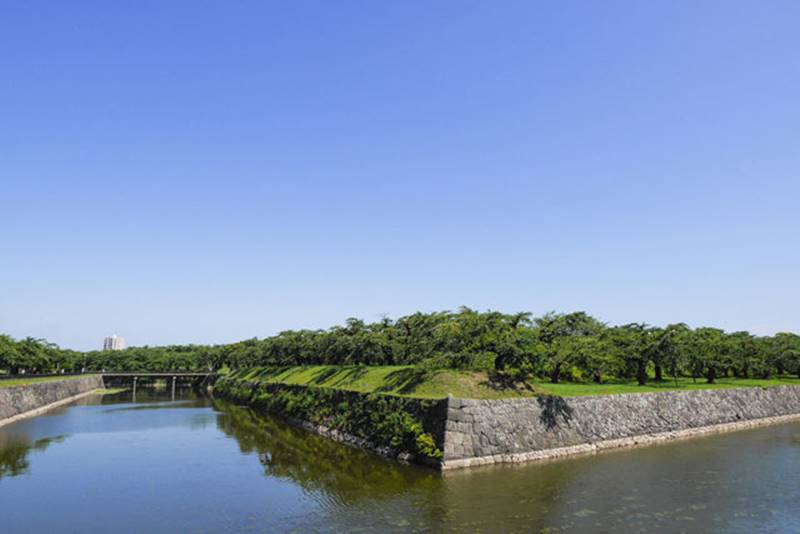
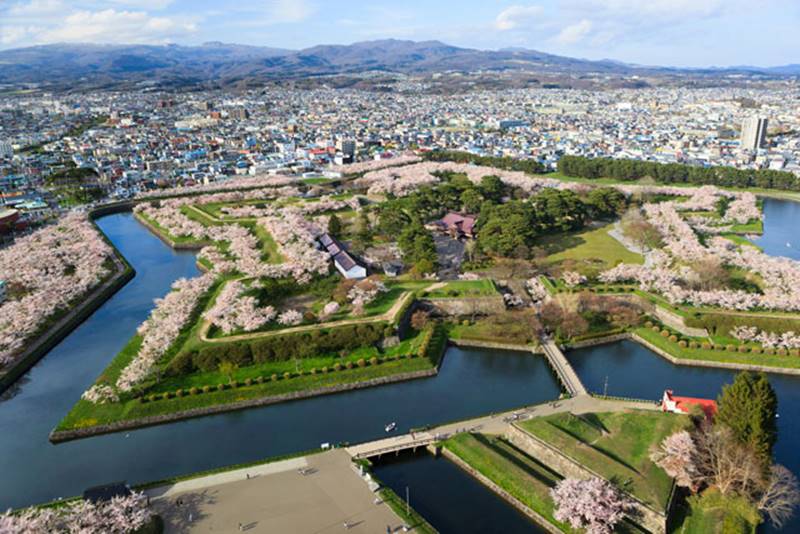
The bastion eliminates blind spots and allows to efficiently intercept and shoot enemies.
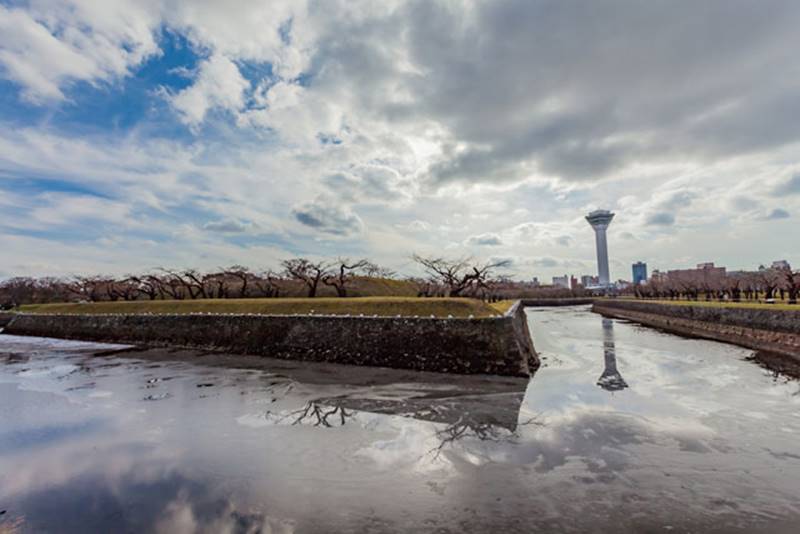
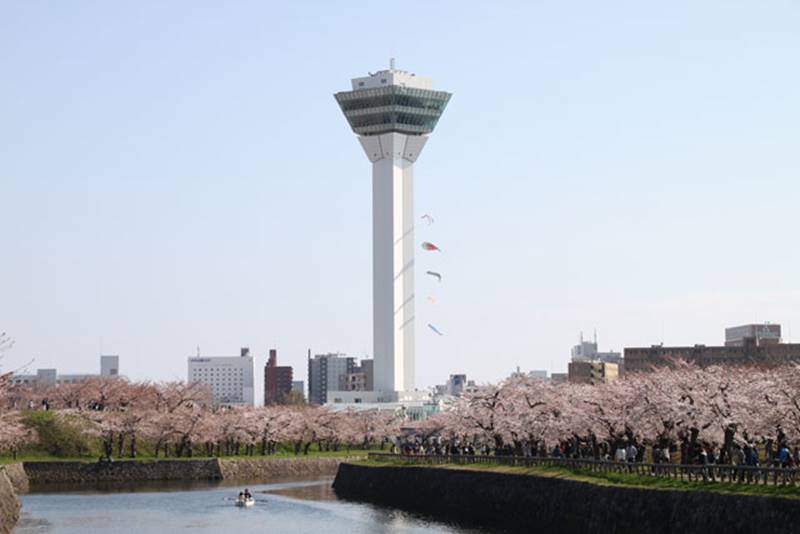
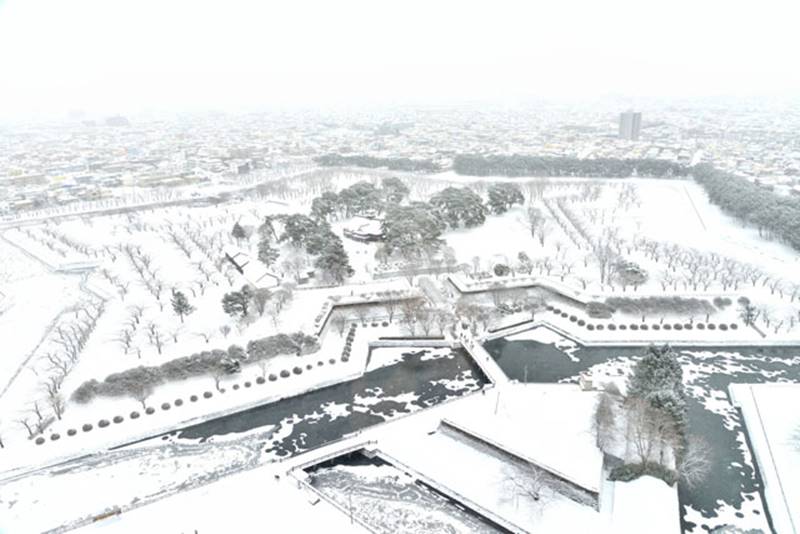
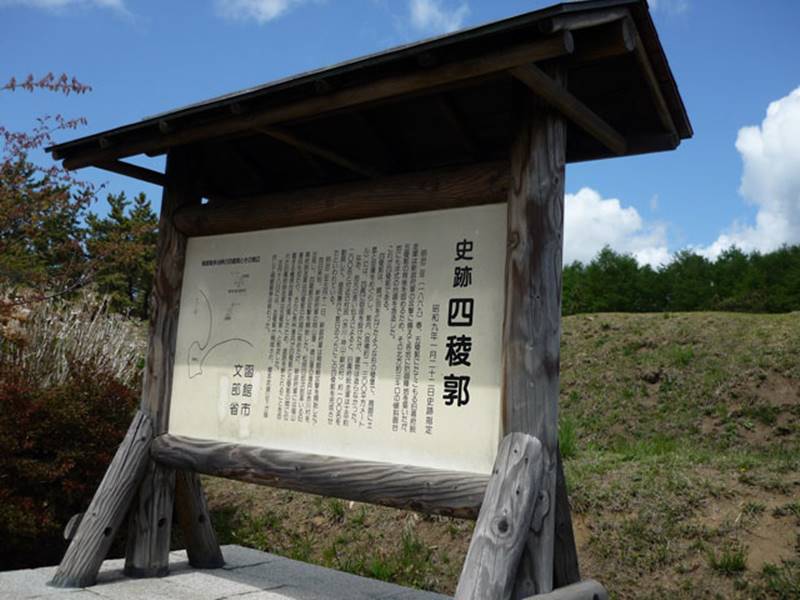
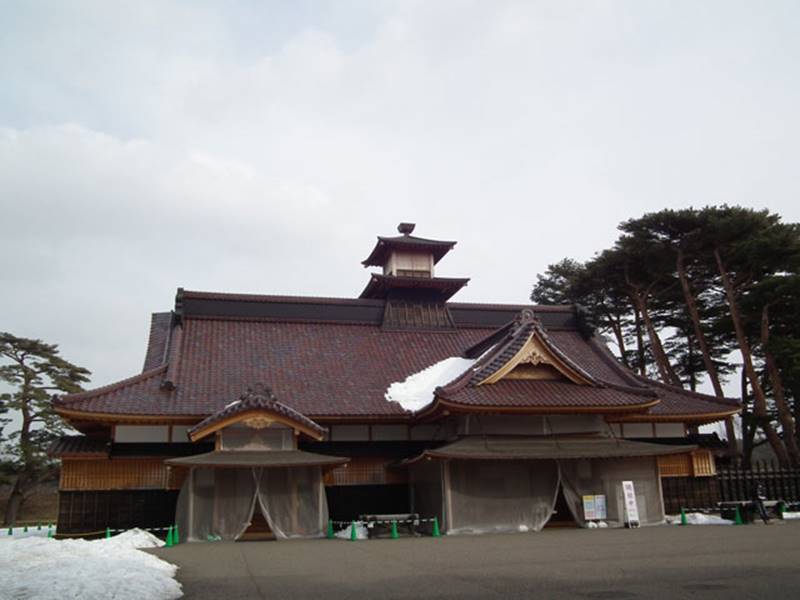
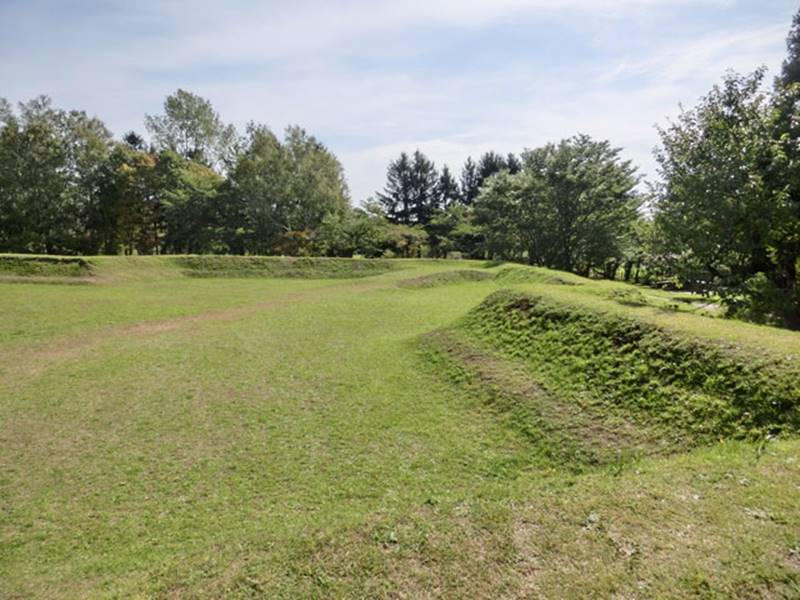
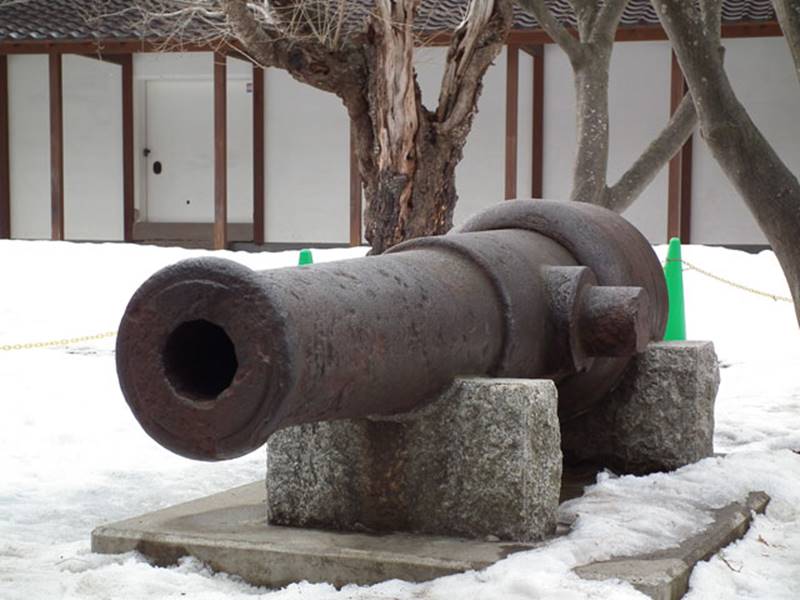
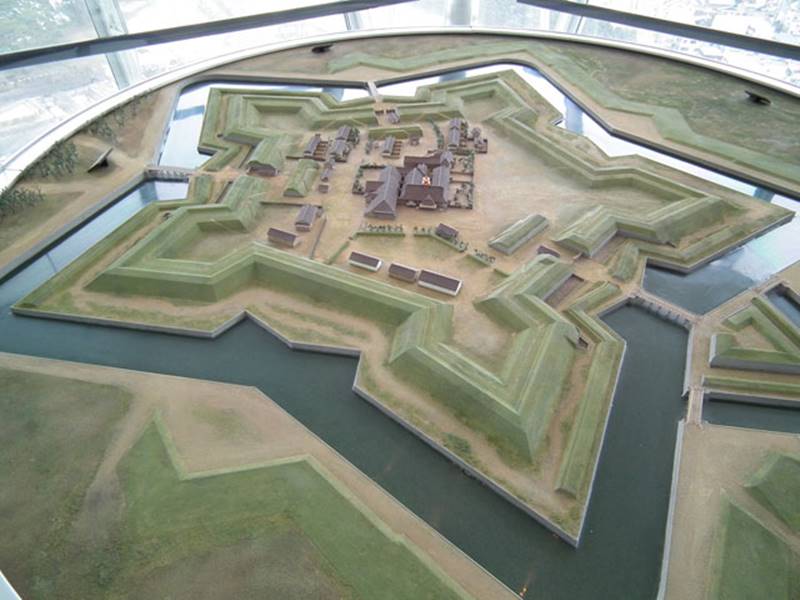
Link-1 : A fierce battle in japanese history
【north japan】Aizuwakamatsu Castle 【east japan】Kawagoe Castle 【central japan】Ueda Castle 【west japan】Tottori Castle 【west japan】 Chihaya Castle 【south japan】Shimabara Castle 【north japan】Goryōkaku
Link-2 : A star-shaped castle that only exists in Japan
【central japan】Tatsuoka Castle 【north japan】Goryōkaku
